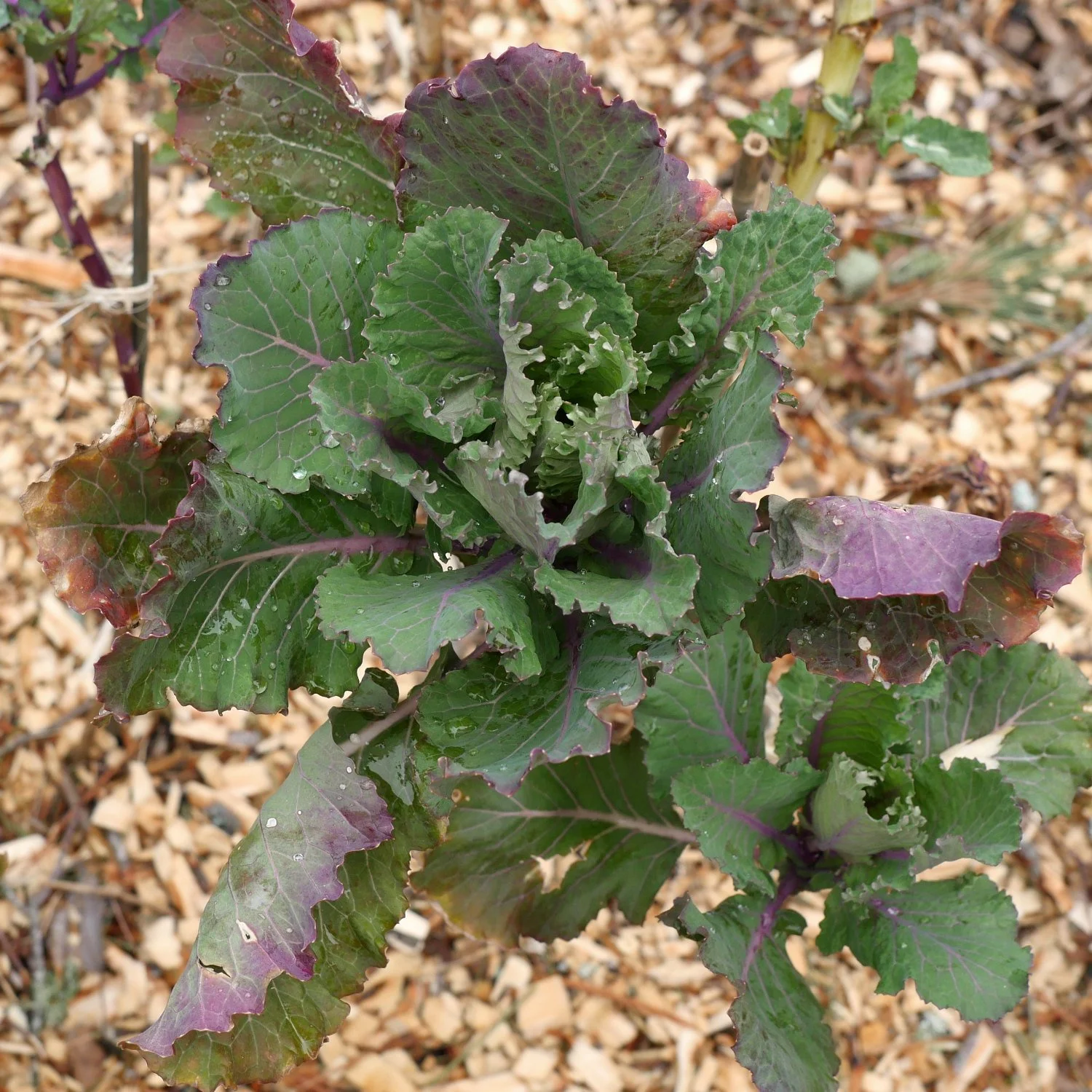Growing:
Most plants will flower in the second year and then continue growing later in the season. Prune these plants in early-fall to stimulate fresh growth as you would other perennials. After several years, many plants will begin to decline. Your favourite plants can be kept alive indefinitely by taking stem cuttings of mature branches, typically done from fall to early winter.
Released under the Open Source Seed Initiative www.osseeds.org








